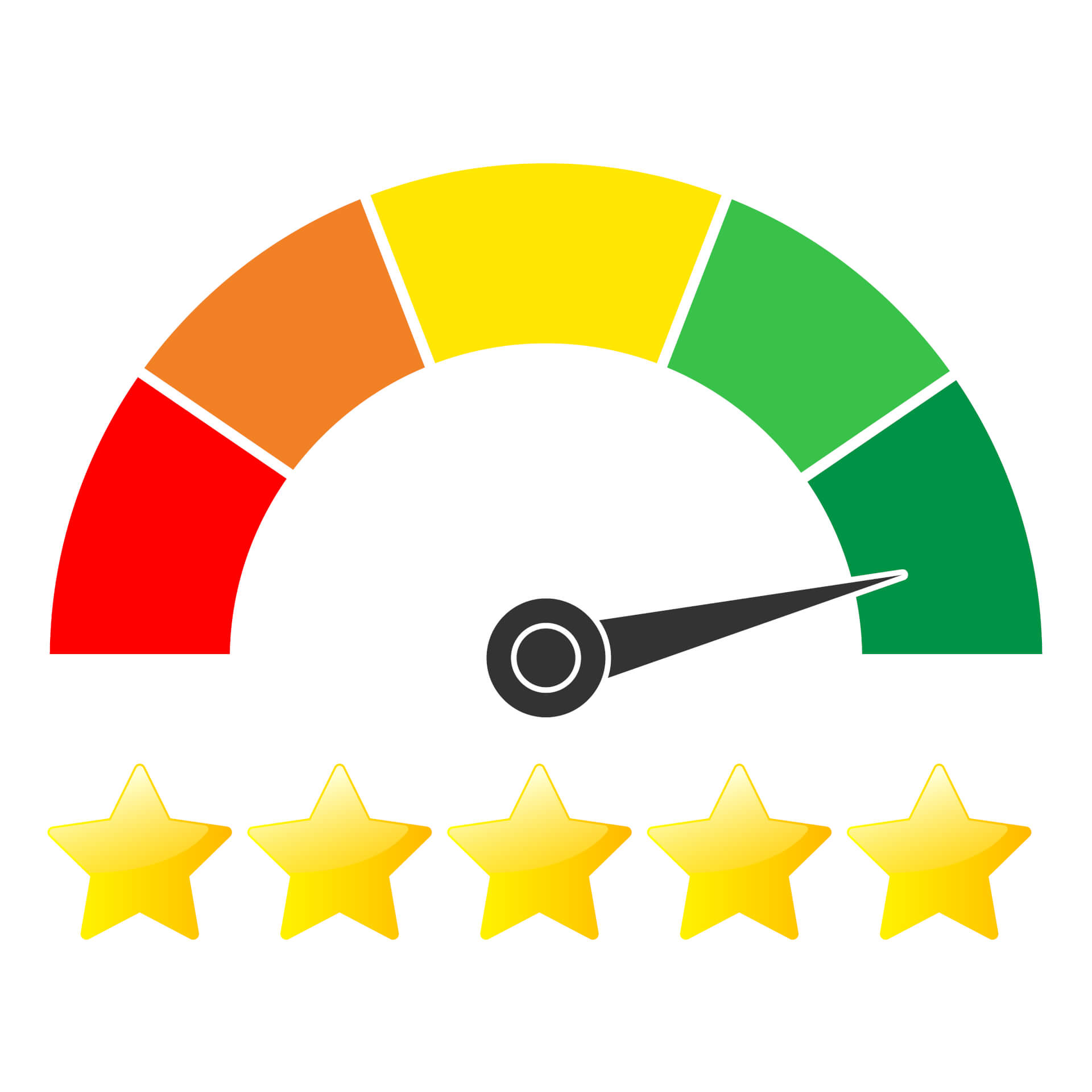Businesses are constantly looking for ways to measure and improve customer loyalty. One of the most popular methods for gauging customer loyalty is through the Net Promoter Score (NPS) system.
In this article, we will explore the influence that NPS has on customer loyalty in the year 2025.

What is NPS?
Net Promoter Score (NPS) is a metric used to measure customer loyalty by asking customers a single question: "On a scale of 0-10, how likely are you to recommend our company to a friend or colleague?"
Based on their responses, customers are categorized into Promoters (9-10), Passives (7-8), or Detractors (0-6).
Importance of NPS in 2025
 In 2025, NPS continues to be a crucial tool for businesses to understand customer loyalty. With the rise of social media and online reviews, customers have more power than ever to influence the reputation of a company.
In 2025, NPS continues to be a crucial tool for businesses to understand customer loyalty. With the rise of social media and online reviews, customers have more power than ever to influence the reputation of a company.
A high NPS score indicates that customers are satisfied and likely to recommend the business to others, leading to increased customer loyalty and retention.
How NPS Influences Customer Loyalty:

1. Measuring Customer Satisfaction
NPS provides a simple and effective way to measure customer satisfaction and loyalty.
By tracking NPS scores over time, businesses can identify trends and make improvements to enhance customer loyalty.
2. Identifying Promoters and Detractors:
NPS helps businesses identify their most loyal customers (Promoters) and those who are at risk of leaving (Detractors). By focusing on converting Detractors into Promoters, businesses can improve customer loyalty.
3. Driving Customer Advocacy:
A high NPS score indicates that customers are likely to recommend the business to others, leading to increased word-of-mouth referrals and customer advocacy. This, in turn, boosts customer loyalty and retention.
Future Trends in NPS and Customer Loyalty
 In 2025, we can expect to see advancements in NPS technology, such as AI-powered sentiment analysis and real-time feedback collection.
In 2025, we can expect to see advancements in NPS technology, such as AI-powered sentiment analysis and real-time feedback collection.
These innovations will help businesses gather more accurate and timely feedback from customers, leading to improved customer loyalty.
Additionally, personalized customer experiences and proactive customer service will play a key role in enhancing customer loyalty in the future.
Conclusion
In conclusion, NPS continues to be a valuable tool for businesses to measure and improve customer loyalty in 2025.
By focusing on enhancing customer satisfaction, identifying Promoters and Detractors, and driving customer advocacy, businesses can strengthen customer loyalty and retention. As technology continues to evolve, we can expect to see even more innovative ways to leverage NPS for the benefit of both businesses and customers.

Recommended reading: If this article helped you and you would like to learn more about the role of NPS in shaping the customer experience, continue reading here: "The role of NPS in customer experience (CX)"
FAQs
What factors can impact a company's NPS score?
Factors such as product quality, customer service, pricing, and brand reputation can impact a company's NPS score.
How often should businesses measure their NPS score?
Businesses should measure their NPS score on a regular basis, such as quarterly or annually, to track changes in customer loyalty.
Can a low NPS score be improved?
Yes, a low NPS score can be improved by addressing customer feedback, making improvements to products or services, and enhancing the overall customer experience.
Is NPS the only metric for measuring customer loyalty?
While NPS is a popular metric for measuring customer loyalty, businesses can also use other metrics such as Customer Satisfaction Score (CSAT) and Customer Effort Score (CES) to gain a more comprehensive view of customer loyalty.
How can businesses use NPS feedback to enhance customer loyalty?
Businesses can use NPS feedback to identify areas for improvement, address customer pain points, and implement strategies to enhance customer loyalty and retention.